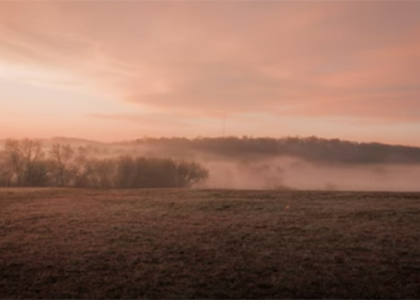The concept of depth of field describes one of the most important determinants of how your outdoor photographs will appear. If you’ve ever captured the identical scene with two different f/stop settings, you at least have an inkling of how this works.
But here the rub: Some photographers fall for the popular misconception that they should always shoot with a wide aperture to achieve a soft background that separates the main subject from surrounding areas with the frame. This tutorial from the Newcastle Photography College begs to differ by demonstrating an effective, alternative approach.
Our unnamed instructor is an Australian pro who’s determined to pass on the wisdom that he’s accumulated over the past 40 years in the field. He kicks off this 12-minute episode with a warning: “Don’t just follow the crowd by using large apertures and narrow depth of field.”

His point is that we have a wide range of choices with both aperture and shutter speed and it’s your responsibility to explore them and discover what combination works best for just about every image you shoot. With this awareness your photos will display varying amounts of depth and dimension depending upon the exact look you desire.
The bottom line is this: “A greater depth of field may allow you to create a more interesting story with you images.” He admits that this approach takes a bit of some planning and skill, and he walks you through the why and how of getting the job done to perfection.
It also true that “correct” depth-of-field is a very subjective matter because we all have our preferences as to how a scene should look. Or as our instructor says, “I’m not asking that you blindly follow my way, just that you keep your mind open to the possibilities of using a sharper foreground and background to enhance the viewer’s experience.”

This straightforward technique is discussed in the context of environmental portraiture, but it also works wonders for all sorts of outdoor photos—be they landscapes, action shots, or nature and wildlife images. It boils down to another way of viewing the world around us and experimenting with what’s revealed in the demonstration images below.
Be sure you click “View on YouTube” in the black box below. The Newcastle Photography College YouTube channel is a great source of how-to videos that are sure to enhance your abilities, so be sure to take as look.
And don’t miss our recent primer on photographing fast-moving subjects that will help you determine whether to freeze the peak of motion or intentionally blur the subject to create a unique representation of speed.




